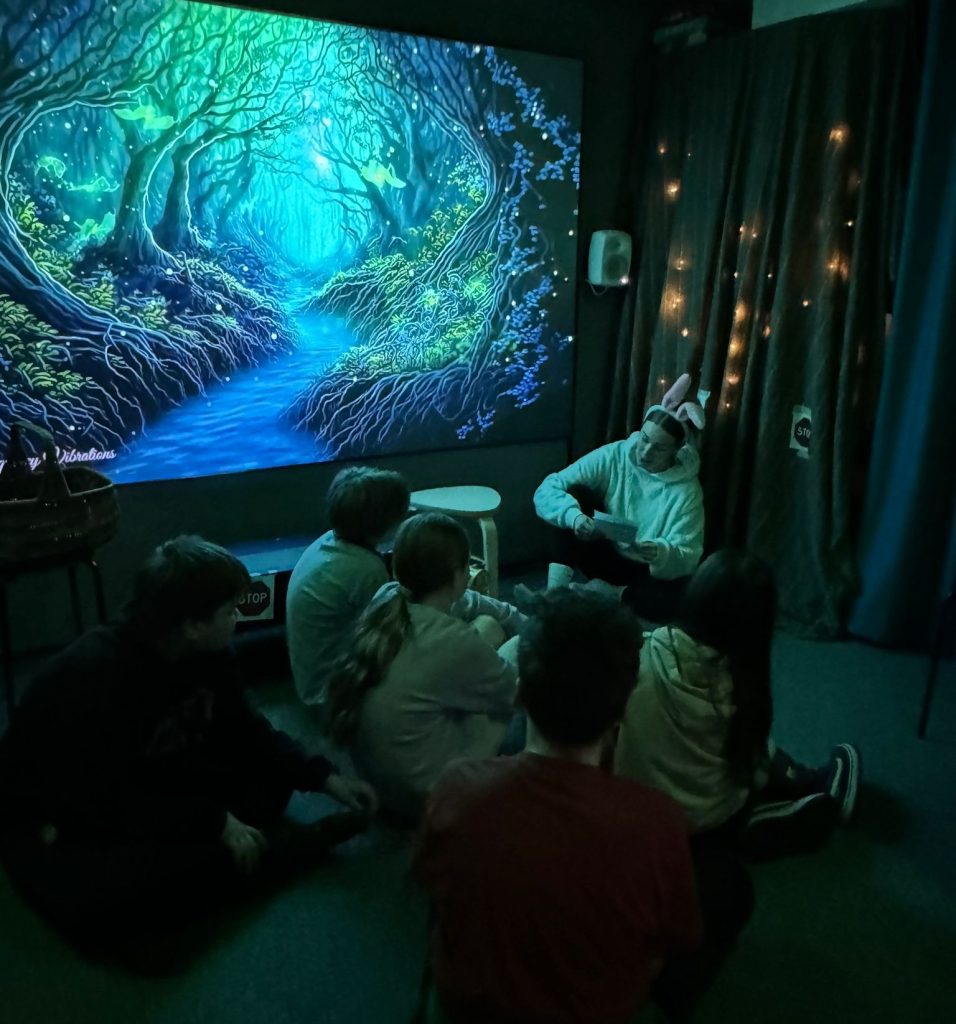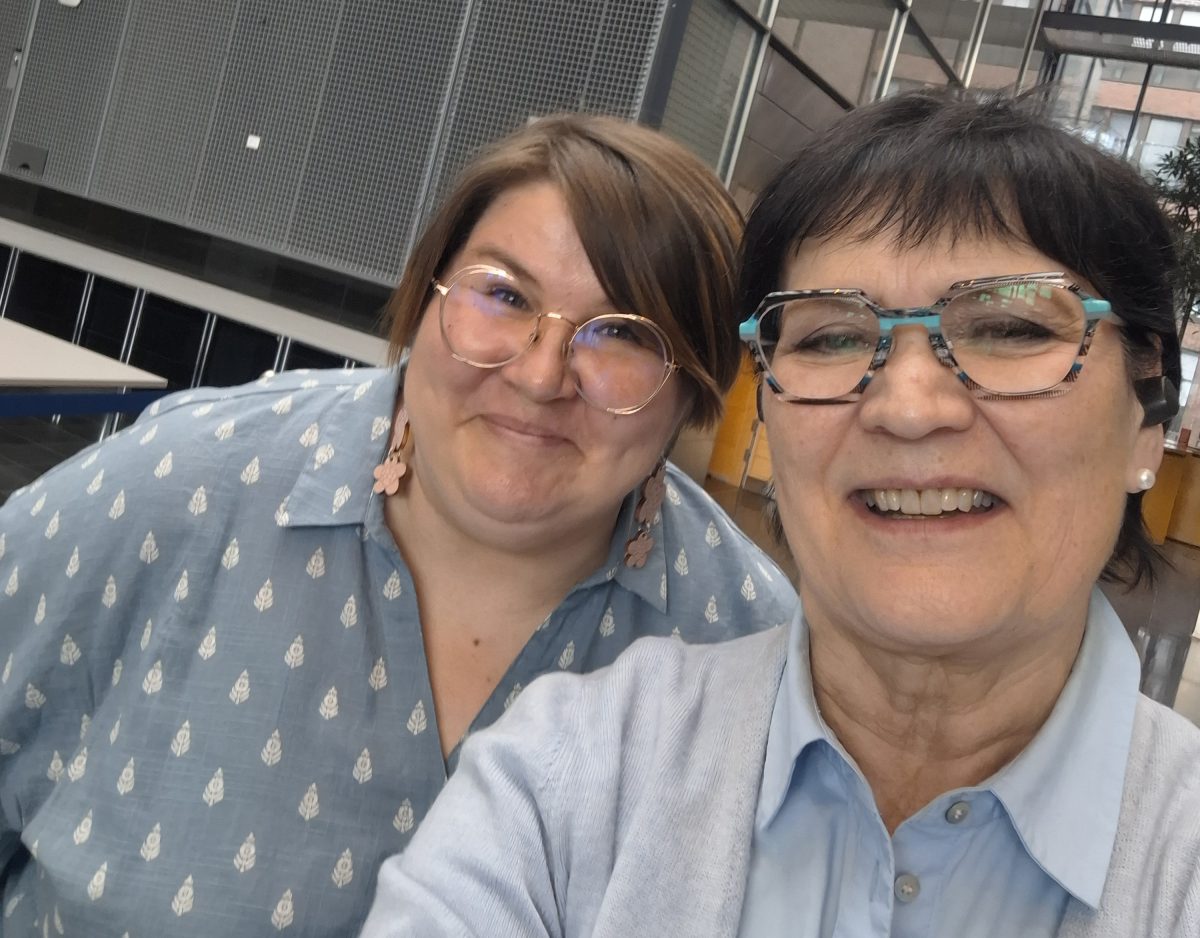Osaaja 2024 -julkaisussa on esillä hieno kattaus erinomaisten opinnäytetöiden tiivistelmiä. Se, että arvosanan 5 töitä on paljon ja vain pieni osa niistä on päätynyt palkittaviksi ja julkaisuun, kertoo siitä, että meillä SAMKissa tehdään paljon hyvää työtä. Herääkin kysymys, mikä saa opiskelijat tähtäämään korkealle ja saavuttamaan näin loistavia tuloksia.
Toisille loistava työ syntyy määrätietoisen työn tuloksena. Jo työn suunnitteluvaiheessa on selvää, että arvosanasta halutaan kiitettävä ja sen eteen on opiskelija valmis tekemään paljon töitä. Joillekin opiskelijoille mahdollisuus loistavaan työhön paljastuu matkan varrella: työ sujuu ja siinä tehtävät havainnot ja tulokset ovat ehkä vähän yllättäen merkittäviä. Tällöin työn muotoseikkoihin, sen kieliasuun ja raportointiin on mielekästä panostaa.
Kaikille loistavaan arvosanaan päätyvä opinnäytetyöprosessi on kuitenkin vaativa, kehittävä ja opettavainen, sillä harvalla on kaikki valmiudet kiitettävän työn tekemiseen valmiina. Prosessiin kuuluu paljon oppimista, elämyksiä, tuskaisiakin hetkiä ja joskus myös epätoivoa. Onneksi kukaan ei ole siinä prosessissa yksin, vaan apuna ovat ohjaavat opettajat ja muiden opiskelijoiden vertaistuki.
Merkitystä on myös sillä, minkälaisesta aiheesta työtään tekee. Aiheen onnistunut rajaus ja tavoitteen asetanta on osattava tehdä realistisesti, mutta riittävät haasteet varmistaen. Keinot, joilla tavoitteeseen pyrkii, on myös osattava valita huolella, jotta niiden avulla on mahdollisuus saavuttaa tavoite. Kun vielä onnistuu raportoimaan tulokset luotettavasti ja loogisesti, on jo lähellä loistavaa työtä. Tärkeää on myös arvioida kuinka luotettavasti ja eettisesti työ suoritettiin, onko se kokonaisuudessaan saavutettava ja miten tehdyt valinnat toimivat. Työn on oltava kiitettävä loppuun asti.
Entä kun työ on valmis? Ensin alkuun syntyvät huojennus, helpotus, ylpeys, ehkä jopa kiitollisuus. Selvisin ja vieläpä upeasti. Työtä ei kuitenkaan tule unohtaa. Työn arviointilausuntoa kannattaa hyödyntää, sillä opinnäytetyö voi toimia referenssinä työnhakutilanteessa. On esimerkkejä siitä, miten aivan uuden aihealueen haltuunotto opinnäytetyössä on johtanut asiantuntijatehtävään juuri kyseisen aihealueen parissa. Siitä on kokemusta myös tämän tarinan kirjoittajalla.
Sen lisäksi kaikki ne opit, joita opinnäytetyöprosessissa syntyvät, ovat korvaamattomia etuja työelämässä. Vaikka työtä tehdessä ehkä tuntuu, että määrämuotoisen raportoinnin taito on aivan turha työelämässä, huomaa ennen pitkää, ettei näin ole. Tänä aikana, kun kirjoitamme arjessa pääasiassa lyhyitä viestejä, sähköposteja asiat tiivistäen tai puhekieltä pikaviestisovelluksiin, on oikeakielisen tekstin tuottaminen haastavaa ja harvinaista. Se on kuitenkin taito, jota tarvitsee ollakseen uskottava, vakuuttava ja pätevä asiantuntijatehtävässä, jollaiseen useimmat ammattikorkeakoulusta valmistuvat.
Toinen taito, johon opinnäytetyöprosessi opiskelijat perehdyttää, on määrämuotoisen tutkimisen taito. Ammattikorkeakoulussa lakisääteisen tehtävänsä mukaan opitaan soveltamaan tietoa, jota on olemassa ja käyttämään sitä työelämän hyödyksi. Se merkitsee tutkimista: selvitetään kuinka olemassa olevaa tietoa ja taitoa voidaan hyödyntää kulloinkin käsillä olevassa ongelmassa tai kehittämisen kohteessa. Opintojen aikana sitä tehdään ohjatusti perehtyen erilaisiin menetelmiin ja keinoihin, löytäen sopivat ja käyttäen niitä. On eri asia luoda sähköpiirustuksia organisaatiolle kuin tehdä markkinatutkimusta sille. Kumpaankin on omat menetelmänsä. Samoja ja monia muita kehittämistehtäviä tehdään työelämässä joka päivä. Ellei tietojen ja taitojen soveltamista ole opittu, tehdään asioita tuntumalla ja tulos ei ehkä ole niin hyvä kuin tutkimustaidoilla varustettuna olisi ollut. Siksi on hyvä hallita tutkimisen taito.
Opinnäytetyö on nimensä mukaan näyte osaamisesta. Siksi se tehdään tutkinto-ohjelman ammattialaan sen oppeja hyödyntäen. Samalla se usein vie tekijänsä alan sisälle tutustumaan sen käytäntöihin ja toimijoihin. Suhteet alan toimijoihin ovat kullanarvoisia työnhakuvaiheessa, mutta myös jo työelämässä toimiville. Monet opiskelijat ovat työelämässä koko opintojen ajan. Kuitenkin tutkintoon valmistuminen usein johtaa työtehtävien tai jopa työpaikan vaihdokseen. Silloin on hyvä tuntea alaa ja siellä toimivia. Mikäpä sen parempi tapa tehdä vaikutus kuin loistava opinnäytetyö.
Vielä yksi seuraus loistavan työn kirjoittamisesta on tähän vuosijulkaisuun päätyminen. Kaikki arvosanan 5 työthän osallistuvat Osaaja-kilpailuun ja ovat mahdollisia palkittavia ja tällaiseen julkaisuun päätyviä töitä. Siellä ne toimivat esikuvina tuleville opinnäytetyön tekijöille. Julkaisusta saa hyvän mallin siihen, miltä loistava työ näyttää.

Kirjoittaja Anne Pohjus toimii yliopettajana SAMKin Master Schoolissa ohjaten vuositasolla lukuisan määrän opinnäytetöitä eri aloilla.
Artikkelikuva: Osaaja-kilpailun voittajat julkistettiin publiikissa. Osaaja-puheenvuoron piti lehtori Seija Olli.





















